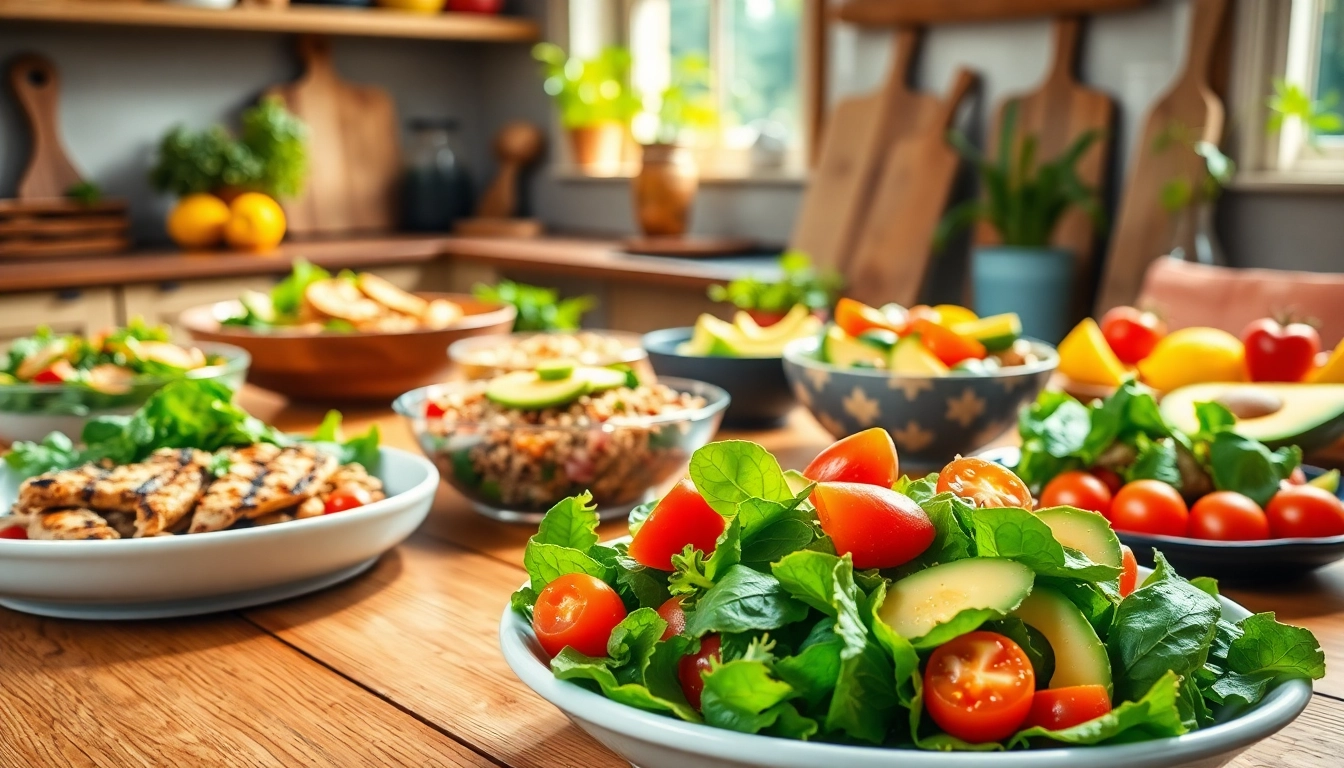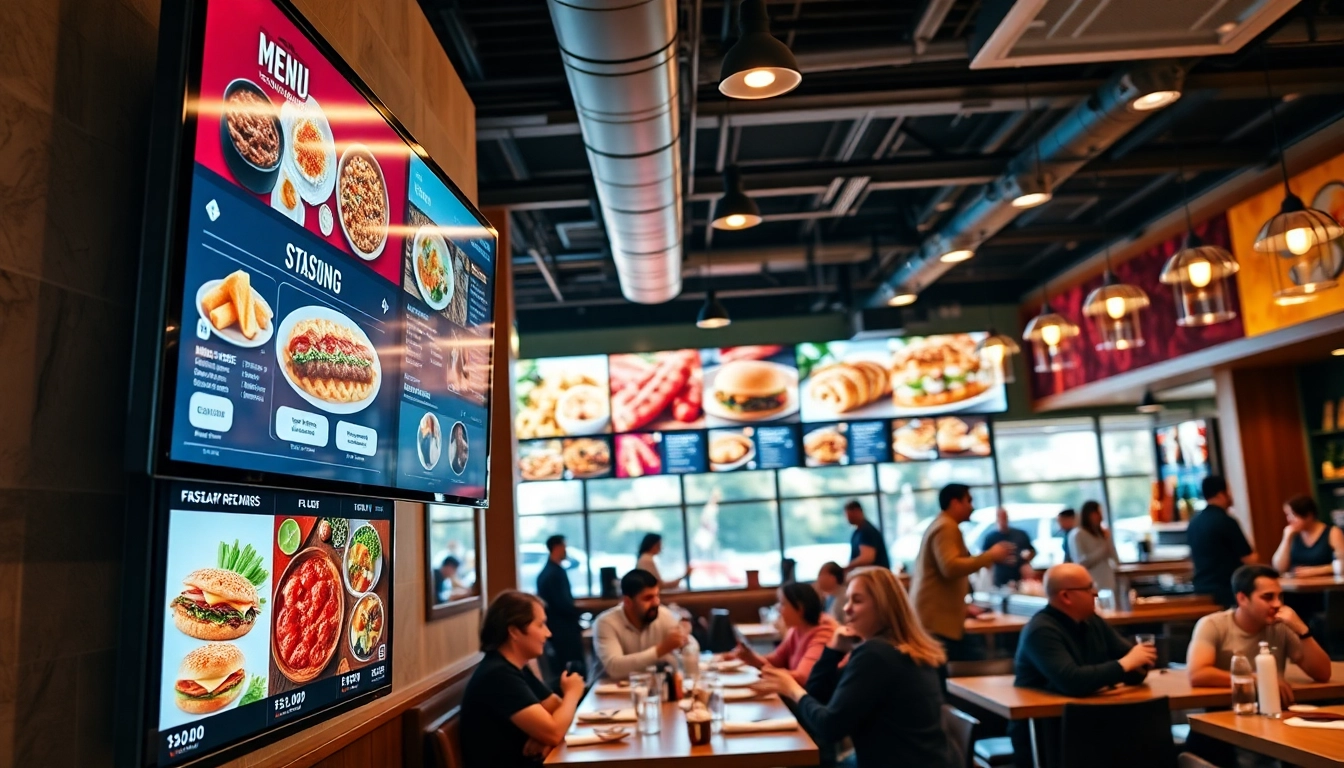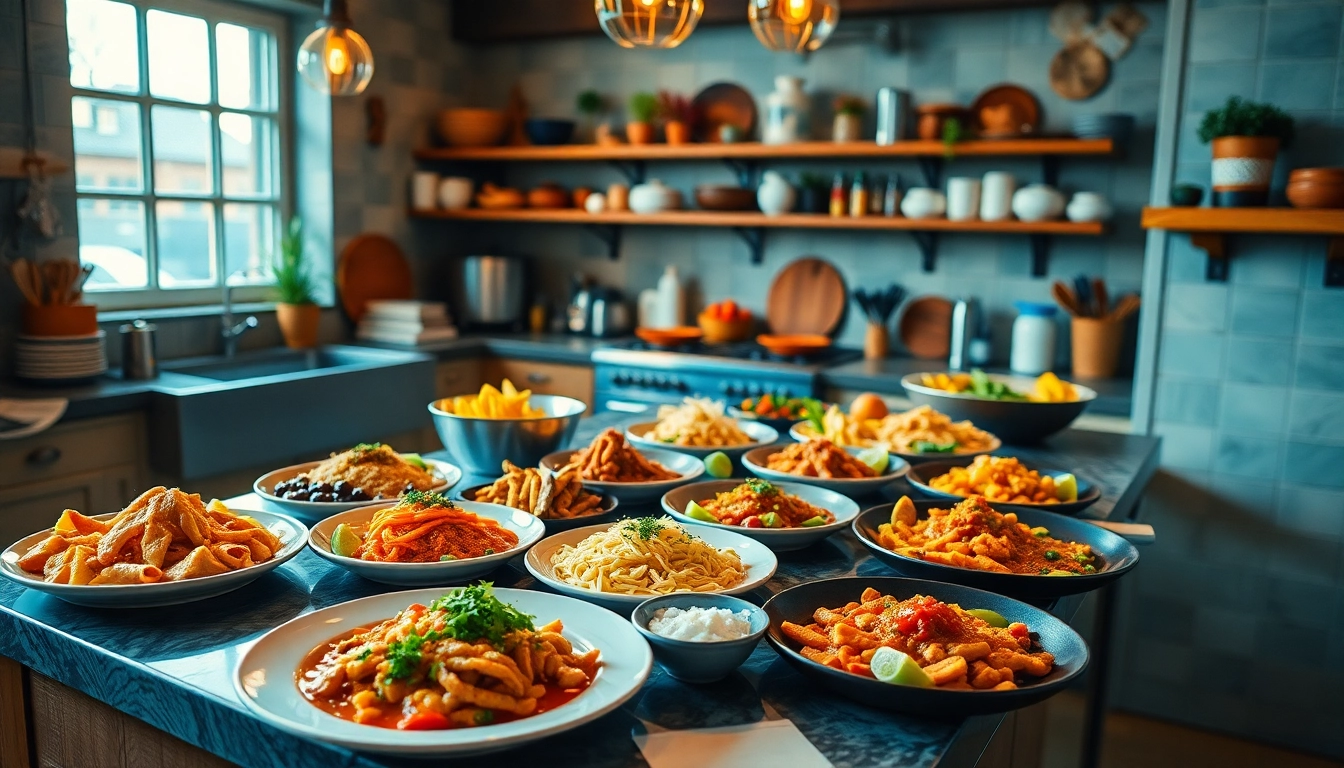Introduction to Healthy Food Meals for Weight Loss
In a world saturated with diet fads and weight loss gimmicks, finding effective and sustainable methods to lose weight can feel overwhelming. A crucial cornerstone of successful weight loss lies in adopting a balanced diet centered around healthy food meals to lose weight. Not only does a nutrient-rich diet promote weight management, but it also enhances overall health, vitality, and well-being.
This article will explore the intricacies of healthy eating for weight loss, identifying key components that make meals effective for shedding pounds while offering practical recipes and strategies to help you succeed on your journey.
Understanding the Concept of Healthy Eating
Healthy eating is more than just a temporary lifestyle choice; it’s a long-term commitment aimed at cultivating a sustainable relationship with food. It involves making choices that nourish the body, providing necessary vitamins, minerals, and macronutrients.
To successfully implement healthy eating, individuals should focus on whole, minimally processed foods, such as fruits, vegetables, lean proteins, whole grains, and healthy fats. Each of these food groups plays a unique role in promoting weight loss and maintaining a healthy metabolism.
Benefits of Choosing Healthy Food Meals
The benefits of healthy food meals extend beyond mere weight loss; they are fundamental to achieving optimal health. Here are several key benefits:
- Improved Energy Levels: Balanced meals prevent energy crashes associated with processed and high-sugar foods, providing sustained energy throughout the day.
- Better Nutrient Intake: Healthy meals are typically rich in essential nutrients, which help in maintaining bodily functions and promoting overall wellness.
- Reduced Cravings: A diet rich in fiber and protein helps keep you full, reducing the likelihood of cravings and impulsive snacking.
- Long-term Weight Management: Consistently making healthy food choices sets the foundation for sustainable weight management and a healthier future.
Common Misconceptions About Losing Weight
Misunderstanding the mechanics of weight loss can impede progress. Here are some common misconceptions:
- “Carbs Are the Enemy:” While refined carbohydrates can hinder weight loss, whole grains are essential for energy and should be included in any healthy meal plan.
- “You Have to Starve Yourself:” Restricting calorie intake drastically can lead to nutrient deficiencies and metabolic slowdown; instead, focus on eating nutrient-dense foods.
- “All Fats Are Bad:” Healthy fats found in avocados, nuts, and olive oil are essential for brain health and can aid in weight regulation.
Key Ingredients for Effective Weight Loss Meals
When crafting healthy food meals aimed at weight loss, it’s critical to focus on key ingredients that contribute to fullness, nutrient density, and metabolic health. Here are some fundamental components to consider:
Fibrous Foods: The Importance of Whole Grains
Whole grains are rich in fiber, which plays a vital role in digestion and satiety. Foods like quinoa, brown rice, oats, and whole grain bread can aid in weight loss by providing a slow-release source of energy that keeps you full for longer.
Additionally, fiber helps regulate blood sugar levels, reducing sudden spikes and crashes that can lead to cravings. Aim to incorporate whole grains into each meal, as they contribute not only to weight loss but overall health.
Proteins: Building Lean Muscle with Healthy Options
Protein is known for its role in building and repairing tissues, but it is also a key player in weight loss. Meals high in protein can increase feelings of fullness and enhance metabolic rate, leading to increased calorie burn post-meal.
Opt for lean protein sources, such as chicken breast, turkey, legumes, fish, and plant-based proteins like tofu and tempeh. Strive to include a source of protein in each meal to maximize satiety and support muscle preservation during weight loss.
Healthy Fats: The Role of Avocados and Nuts
Healthy fats play a crucial role in satiety and nutrient absorption. Items like avocados, nuts, seeds, and olive oil not only provide essential fatty acids but also enhance flavor and texture of meals, making healthy eating enjoyable.
Moderate consumption of healthy fats can reduce hunger levels and control urges to snack on unhealthy options. Incorporate these fats into your meals, but be mindful of portion sizes, as they are calorie-dense.
Easy Healthy Food Meals to Lose Weight
Preparing healthy meals does not have to be complicated or time-consuming. Here are a few simple yet delicious recipes that are designed for weight loss:
Quick Breakfast Ideas to Kickstart Your Day
Breakfast is often touted as the most important meal of the day, particularly for those trying to lose weight. Here are some quick and nutritious breakfast ideas:
- Overnight Oats: Combine rolled oats with almond milk, chia seeds, and your favorite fruits. Let it sit overnight for a hassle-free breakfast.
- Avocado Toast: Top whole-grain bread with smashed avocado, a sprinkle of salt, and chili flakes. Add a hard-boiled egg for extra protein.
- Yogurt Parfait: LayerGreek yogurt with berries and a sprinkle of granola for a balanced breakfast high in protein and fiber.
Simple Lunch Recipes for Busy Schedules
Lunch should refuel you for the second half of the day without weighing you down. Here are some quick lunch ideas:
- Quinoa Salad: Mix cooked quinoa with cherry tomatoes, cucumber, spinach, and a lemon-olive oil dressing for a refreshing meal.
- Wraps: Fill whole-grain tortillas with lean turkey, mixed greens, hummus, and chopped vegetables.
- Soup: A vegetable lentil soup can be made in batches for easy reheating. Add spices and herbs for extra flavor without extra calories.
Dinner Options that Satisfy Without the Guilt
Dinner is an opportunity to enjoy a satisfying meal that nourishes the body. Here are a few guilt-free dinner ideas:
- Grilled Salmon with Asparagus: Season salmon fillets with lemon and herbs, grill, and serve with roasted asparagus and quinoa.
- Vegetable Stir-Fry: Stir-fry a mix of your favorite vegetables and tofu in a bit of soy sauce or teriyaki sauce; serve over brown rice or cauliflower rice.
- Chickpea Curry: Cook chickpeas with coconut milk, curry powder, and spinach for a hearty, nutrition-packed dinner.
Tips for Meal Planning and Preparation
Meal planning and preparation can streamline the process of eating healthy, leading to improved consistency and better choices. Here’s how to get started:
Creating a Weekly Meal Plan for Weight Loss
A structured meal plan helps ensure that you have healthy options readily available. Start by selecting recipes for each meal, including snacks, and create a shopping list based on ingredients needed. Consider these tips:
- Incorporate a variety of foods to keep meals interesting.
- Set aside time each week to plan and prep meals.
- Stick to your grocery list to avoid impulse buys that may lead to unhealthy choices.
Batch Cooking Techniques for Efficiency
Batch cooking saves time and makes healthy eating more convenient. Here are some effective techniques:
- Cook in Larger Portions: Prepare larger amounts of grains, proteins, and vegetables to use throughout the week in different meals.
- Freezing Meals: Cook meals in bulk and freeze portions for quick and easy access later.
- Chop Vegetables in Advance: Pre-chopped vegetables make it easier to throw together a quick stir-fry or salad.
Smart Grocery Shopping for Healthy Ingredients
Understanding how to navigate the grocery store can significantly impact your ability to make healthy choices. Here are some strategies:
- Shop the perimeter of the store where whole, fresh foods are typically located.
- Read labels to avoid hidden sugars and unhealthy fats.
- Prioritize seasonal fruits and vegetables for freshness and cost-effectiveness.
Measuring Success: Tracking Your Progress
Once you have implemented healthy meals into your routine, it’s essential to monitor your progress to ensure continued success. Here are ways to effectively measure your efforts:
Setting Realistic Weight Loss Goals
Having clearly defined and achievable goals can provide motivation and direction. Consider the following tips for goal setting:
- Use the SMART criteria: Specific, Measurable, Achievable, Relevant, Time-bound.
- Rather than focusing purely on number scales, consider non-scale victories such as improved energy or fitting into favorite clothes.
Tools for Monitoring Your Food Intake
Tracking food intake can help assess nutrition levels and make adjustments to your meal plan. Popular tools include:
- Mobile Apps: Tools like MyFitnessPal or Lose It! help users log meals and monitor calories and nutrients.
- Food Journals: Writing down meals either digitally or on paper can increase awareness of food choices and portion sizes.
Adjusting Your Meal Plan Based on Results
Regularly review your progress and be open to adjusting your meal plan as necessary. If certain meals don’t satisfy you or lead to cravings, consider exploring other options. Flexibility can help maintain motivation and foster a healthier relationship with food.












Leave a Reply